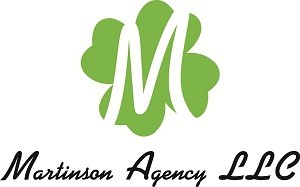Tips to Help Merge Your Insurance After Marriage
January 10th, 2019 :: Martinson Agency LLC :: Chaska, MN
Congratulations — you’re getting married!
Whether your new life together will begin in an apartment, condo or starter home, there are many decisions you will need to make. In addition to combining your furniture and household items, you’ll need to merge your insurance coverage. Here are some key questions to ask and steps to take in order to ensure a smooth transition.
- Who are your current insurance agents and companies?
- How do the prices and limits on these policies compare? If you and your soon to be spouse already have renters or homeowners insurance be sure to put the policies side by side. DO NOT ASSUME COVERAGE IS THE SAME!!
- Contact each of your auto insurers and find out the cost to add each other. Please keep in mind that cost should not be the number one factor when making the change however.
- What property coverage do you need? The answer to this will be shaped in part by whether you own or rent and by the personal property that you collectively own. Take an inventory, and don’t forget to include newly acquired property such as wedding gifts.
- Do you need special coverage? Wedding rings and jewelry are best covered by a special property endorsement designed specifically for this purpose.
Once you’ve made a decision, contact the agent of the policy you wish to keep, make the switch, then cancel any other policies. Be sure that you are both in agreement on what is important when it comes to making your insurance purchase. Remember, the lowest price is not always the best option and working with an independent agency gives you options that are not available everywhere.
Keep in mind it is good to review your policies at each renewal to ensure you are protected as your life changes. Also remember that Martinson Agency in Chaska, MN is a great resource to help guide you through the process!
Don’t leave your insurance to luck! Call today!
Phone: (952) 314-4400
Email: jphagen@aibme.com
Website: www.martinsonagency.com

 Contact
Contact Email an Agent
Email an Agent

 Click to Call
Click to Call Get Directions
Get Directions


